ElPais/15 de abril de 2016/Por: Pilar Alvarez

El precio del máster público está en el grupo de los más caros de la Unión
Los universitarios de 15 países del Espacio Europeo de Educación Superior
pagan menos de 100 euros al año por estudiar una carrera y completar su
formación universitaria con un máster, que les sale por un precio similar.
En ese grupo están Alemania, Austria, Finlandia o Suecia, entre otros. En
el extremo opuesto, está España, en el grupo de los más caros para hacer un
máster (aquellos que pagan más de 2.000 euros anuales) y en el segundo
escalón de los más costosos para cursar una carrera universitaria.
La media de lo que paga un universitario español por un máster asciende a
2.020 euros y 1.100 por un año de carrera, según las estimaciones
oficiales. El sistema universitario español es el sexto más caro en los
estudios de grado de la Unión Europea y el octavo de 37 países del Espacio
Europeo de Educación Superior (EEES) analizados en el último informe de
Comisiones Obreras sobre universidades, presentado este viernes y en el que revisan la evolución de
los precios con datos del Ministerio de Educación y Eurydice (cuyo trabajo
sobre precios y becas analiza 37 de los 47 países del EEES). En el caso de los másteres, España se sitúa como el séptimo más caro de la UE y está en el octavo lugar entre los 37 analizados.
La Universidad gratis
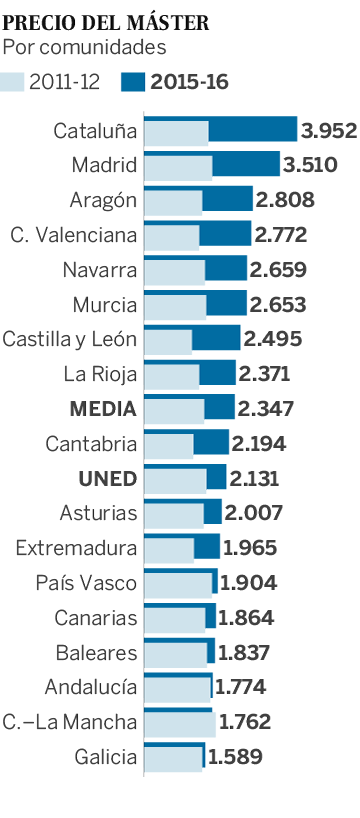
Comisiones reclama la gratuidad de las carreras y los másteres. «Ser el país 16 con estudios gratuitos costaría 1.300 millones anuales», señala su responsable de Educación, Francisco García.
Las diferencias de precios se disparan aún más cuando la división se hace por comunidades autónomas. Un grado en Cataluña cuesta casi el triple que uno en Galicia y un máster más del doble, según datos recogidos en el trabajo del sindicato. Entre Cataluña y Madrid, las más caras, estudian un
tercio de los alumnos universitarios españoles.
La diferencia por comunidades autónomas se ha disparado desde que el Gobierno del PP, ahora en funciones, aprobó en 2012 un decreto con nuevo sistema de contabilidad que incrementó ostensiblemente lo que cuesta estudiar y que CC OO pide que derogue. A la cabeza del incremento está Cataluña, que casi ha doblado el precio de sus carreras en
cinco cursos hasta 2.011 euros (partía de 1.206) y duplica de largo el de sus másteres (con un salto de 1.663 euros a 3.952). La diferencia entre el precio de la más cara es un 313% más alto que el de la más barata, según las estimaciones del sindicato.
El decreto que aprobó el Gobierno ha facilitado que, durante los años de la crisis, los precios que pagan los alumnos por ir a la Universidad pública se hayan disparado. Según la estadística oficial del Ministerio la subida media ha sido del 18,6% en grados y un 21,5% en másteres. El informe aumenta esa cifra, al tomar las cifras ponderadas de alumnos, es decir, en lugar de hacer una media de los precios por comunidades, la establece
teniendo en cuenta la población de alumnos que tiene cada una de esas regiones. Según sus datos, la subida en las carreras ha sido del 32% y la de los grados, un 75%.
A la cola en becas:
– La becas universitarias retroceden a la cuantía de hace una década
– Las universidades públicas españolas pierden 1.524 millones desde 2010
– Estudiar en Europa a precios españoles
España ocupa el puesto 22 en el importe medio de las ayudas y en el 14 en
el porcentaje de becarios, según el estudio de CC OO. Solo en cuatro países
de los 37 analizados para el informe (los 28 de la UE más Bosnia, Suiza,
Islandia, Liechtenstein, Montenegro, Macedonia, Noruega, Serbia y Turquía)
no hay ni sistema de préstamos, ni beneficios fiscales ni ayudas distintas
de las becas. Uno de ello es España.
El Ministerio de Educación defiende en esta última etapa que nunca ha
habido una cuantía total tan alta para becas pero, con más beneficiarios a
repartir, reciben lo mismo de media que hace 10 años, es decir, han bajado
un 16% al mismo tiempo que la renta per cápita menguaba un 6,2%, tal como
recogía un informe reciente de la conferencia de rectores (CRUE).
Comisiones considera en su informe que los datos “son demoledores en
términos de cohesión social” y reclama una educación universitaria pública
“accesible para toda la población independientemente de su nivel
económico”. «La conclusión es muy clara», ha señalado durante la rueda de
prensa Francisco García, responsable de Educación de CC OO. «Tenemos unas
de las tasas universitarias más caras y sin embargo uno de los países donde
el sistema de becas y ayudas es más endeble. Hay una combinación mortal:
tasas muy elevadas y sistema de ayudas muy precario y endeble».
En los últimos dos días, el Sindicato de Estudiantes ha salido a la calle
para protestar contra las altas tasas y la bajada de la cuantía de las becas. Ahora mismo, la
duración de las carreras es de cuatro años frente a uno de máster. Con la
normativa que aprobó el Gobierno en 2015 y que algunas universidades
aspiran a implantar ya el curso que viene, el llamado *decreto 3+2*, se
permiten carreras más cortas y másteres más largos. Según las estimaciones
de CC OO, el coste medio de una carrera de tres años y un máster de dos
sería un 15% más caro que el precio de una carrera de cuatro años con un
máster de uno.
El ministro de Educación, Íñigo Méndez de Vigo, sugirió hace ya un mes,
estando ya en funciones, que se igualaran los precios de ambos niveles
académicos.
Su Gobierno se negó a aceptar esa medida que le reclamaban los rectores
cuando aprobó el decreto que permite generalizar los másteres más largos.
Fuente: http://politica.elpais.com/politica/2016/04/14/actualidad/1460659399_006546.html
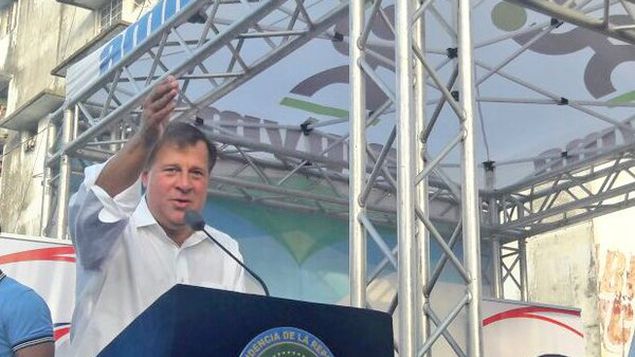

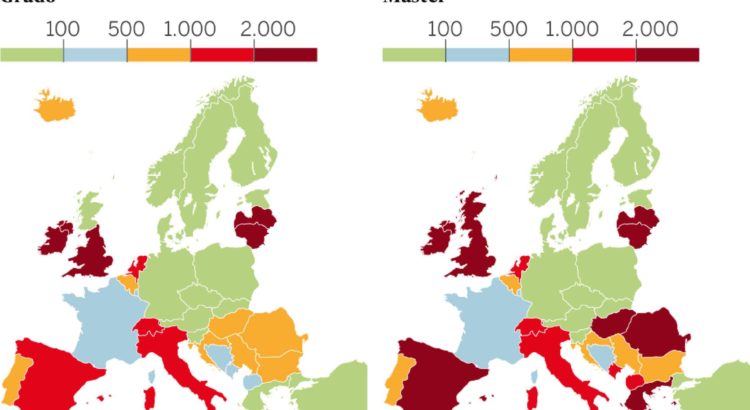


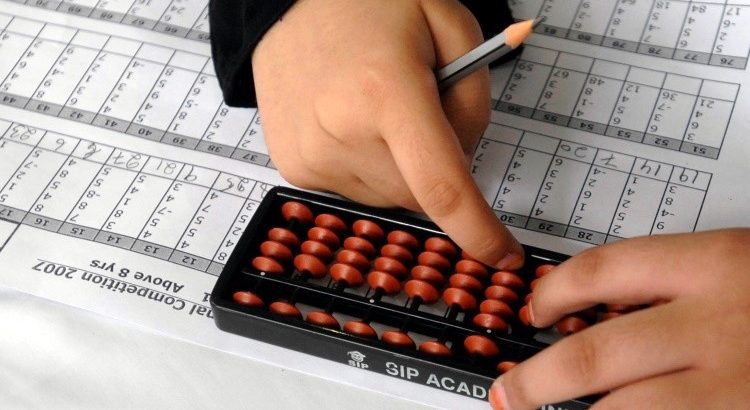
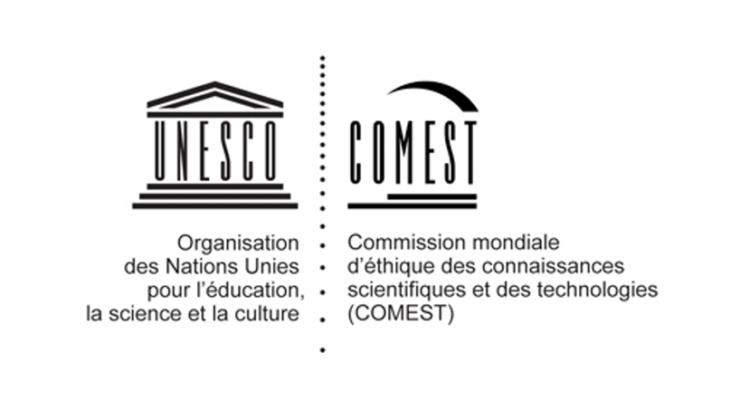
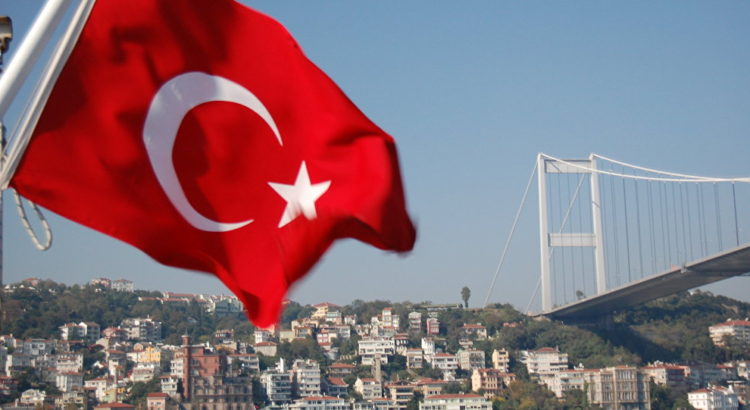







 Users Today : 100
Users Today : 100 Total Users : 35461181
Total Users : 35461181 Views Today : 255
Views Today : 255 Total views : 3421087
Total views : 3421087